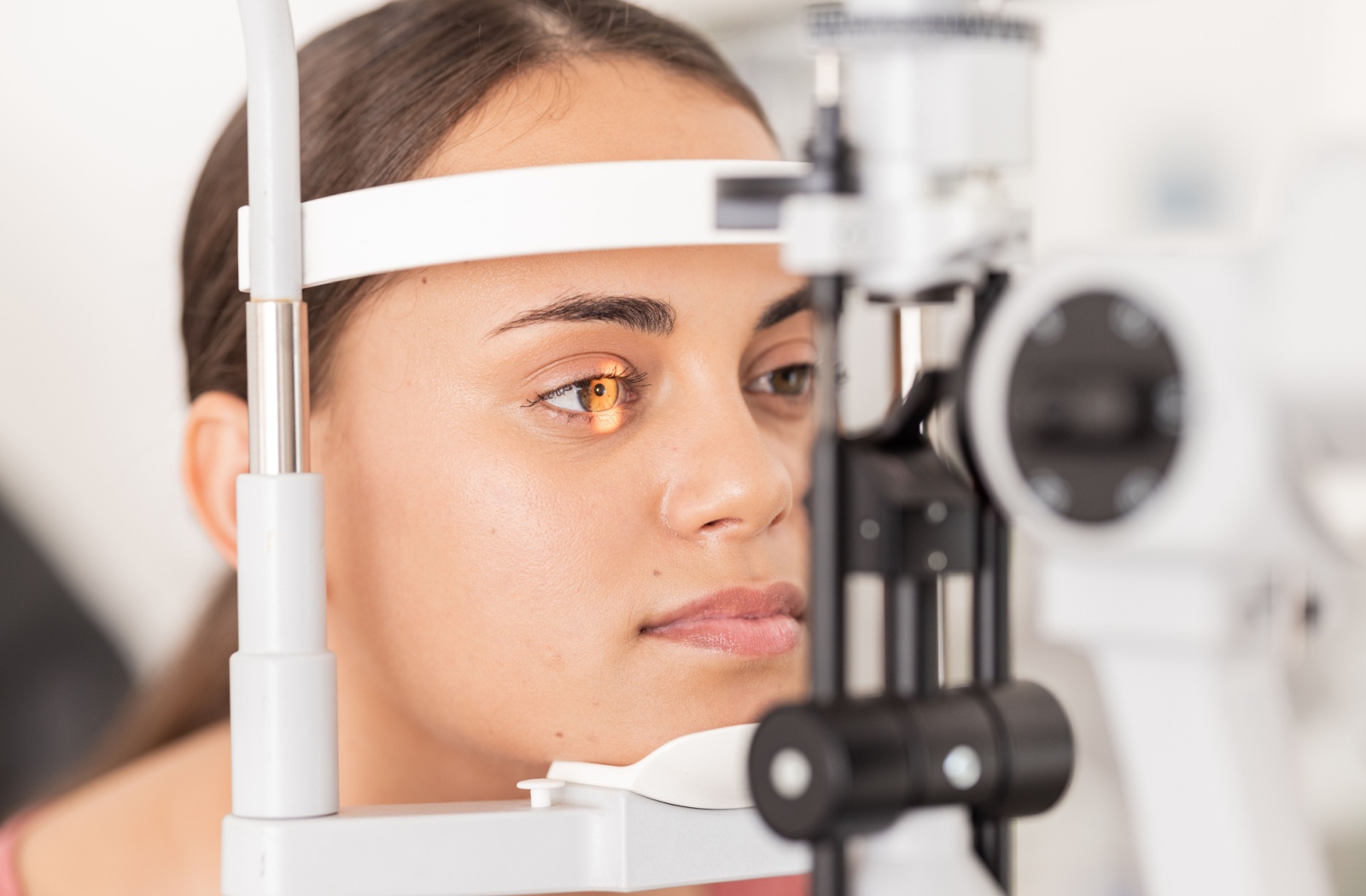Dry eye is an ocular surface disease caused by a lack of tears and improper tear composition. It is not just about occasional discomfort but a condition that, when left unmanaged, poses a serious risk to vision.
Without treatment, chronic and excessive dry eye can possibly cause damage and scar the sensitive tissue of the eye and lead to impaired vision or vision loss. An eye exam can help diagnose dry eye and identify the underlying causes for customized treatment and management.
What Is Dry Eye Disease?
Dry eye disease is a chronic, progressive condition occurring when the eye doesn’t produce enough tears or tears evaporate too quickly because they are of poor quality. The tear film consists of water, oil, and mucus, which protects and moistens the eye and creates a smooth, even eye surface layer.
However, an unstable tear film lacking a component or insufficient tears can leave the ocular surface inadequately lubricated, protected, and uneven. Dry eye can encompass a broad range of symptoms from mild to severe, commonly manifesting as:
- A gritty or scratchy sensation in the eyes
- Stinging or burning sensation
- Redness
- Blurred vision
- Sensitivity to light
- Excessive tearing
Several factors can contribute to dry eye disease by affecting tear production or causing tears to evaporate more quickly. These can include:
- Aging: You produce fewer tears as you age.
- Environmental conditions: Heating, air-conditioning, and smoky environments can cause dry eyes.
- Contact lenses: Wearing contact lenses for long periods can cause dry eye.
- Underlying health issues: Autoimmune diseases may cause dry eye.
- Medications: Antihistamine and decongestants are associated with dry eye.
- Meibomian gland dysfunction: Affects the production and secretion of meibum or oil found in tears.
- Blepharitis: Inflammation of the eyelid can affect the tear film and cause dry eye.
- Lifestyle: Digital eye strain or computer vision syndrome can cause dry eye.
- Hormones: Hormone changes in pregnancy and menopause can cause dry eye symptoms.
Dry Eyes & Vision Loss
Many dismiss dry eyes as a minor annoyance, particularly when caused by environmental and lifestyle factors. However, chronic dry eye caused by underlying factors can be severe.
Without treatment and management, prolonged dryness can harm the eyes. Complications from dry eye can include an increased risk of infections from insufficient tears, an unstable tear film, and eye inflammation.
The cornea (front part of the eye) is crucial for clear vision. If dryness persists, it can cause corneal ulcers and corneal damage from scarring of sensitive corneal tissues, which, in turn, can lead to vision impairment.
Diagnosis & Treatment for Dry Eye
Your eye doctor can diagnose dry eye disease. Diagnosis usually involves discussing your symptoms, eye and health history, medications you take, your lifestyle, and if you have any medical conditions. An eye exam with dry eye testing can evaluate the quality and quantity of your tears to determine the underlying cause.
While you can’t cure dry eyes, the good news is that you can treat and manage them before they become severe and affect your vision. In-office treatment options can include the following:
- Light therapy: Radiofrequency and intense pulsed light address the underlying causes of dry eye. These technologies warm the meibomian glands in the eyelids to help unclog blockages in the oil flow and improve tear quality.
- Eye drops: Prescription or medicated eye drops can relieve dry eye symptoms, reduce inflammation, and help the eyes increase natural tear production.
Managing Dry Eyes at Home
With effective in-office treatments, your eye doctor may also recommend some at-home strategies to manage dry eyes. Simple lifestyle adjustments can make a big difference, such as:
- Use a humidifier to add moisture to the air.
- Avoid windy and smoky environments.
- Take regular screen breaks.
- Try the 20-20-20 rule (every 20 minutes, look at something 20 feet away for 20 seconds).
- Eyelid hygiene products such as wipes and cleansers can help with crusty and inflamed eyelids.
- Try specialized contact lenses for dry eyes and comfort.
- Use artificial tears regularly. Speak to your eye doctor about which preservative-free artificial tears to use.

Dry Eyes & Ocular Health
Understanding dry eye disease and its potential to affect vision is the first step toward proactive eye care. Dry eye symptoms can be temporary or chronic and affect your quality of life. Incorporating eye-healthy habits into your daily routine, prioritizing professional eye exams, and promptly addressing any ocular discomfort contribute to healthy eyes and vision.
You can avoid severe dry eye and vision impairment by recognizing dry eye symptoms and visiting your eye doctor for a proper diagnosis and treatment plan. For vision concerns or questions about dry eye treatment, book an appointment with Discover Eyecare.



